How to Improve Your Video Editing Techniques?
The knowledge of video editing techniques is a great skill you can use in your job or private life. With the increasing power of video content, you may use your editing skills for creating videos for your vlog, YouTube channel, or just to work in the video editing business. The process of editing a video is as important as its shooting. A professional editor can do a lot to make the raw footage turn into a great video. If you aim to become a real pro in video editing, you should get maximum knowledge on the topic, as well as learn all the tips and tricks editors use in their workflow.
6 Tips for You to Improve Your Video Editing Skills
Video editing is a kind of art you have to master to become a pro. It may take quite a while to level up your video editing techniques if you do it using the trial and error method. However, you may speed up the process by simply using these tips for beginner editors. They are applicable to any type of video you may be working with, including those for YouTube channels, video interviews, movies, etc., so consider them as basics for any video editor.
1. Know Your Software
To be able to work with any kind of video material, you need quality video software for editing. It would be impossible to apply your knowledge as a video editor without the possibility to operate the tools for editing videos. Therefore, the choice of video editing software is the first thing to do. Depending on your proficiency in video editing, you may either use free, open-source software, like Shotcut, or opt for some more advanced software, like FXhome or LWKS. Anyway, to decide what software works best for you, you’d better try all the options available to you and only then make a choice.
Along with the editing program, people working with videos often use video converters. Why do they need them? Let’s say a video you are going to work with is in MOV format. Some software for video editing doesn’t support it, but they all work with videos in MP4 format. The only way to edit such a video is to change MOV to MP4, which can be done easily with the help of a video converter.
2. Cut Tight
Scientists have proven that people have trouble concentrating their attention if videos last longer than 3 – 5 minutes. This is one of the key reasons short videos are so much popular on social media. However, the work with any video requires tight cuts. The task of an editor is to cut out the pauses, parasite words (they are common in interviews), or even phrases that don’t let the video flow well. Another reason why you should have no mercy to the unneeded pieces of video material is that the video will have some time limits to match, so if the phrase doesn’t add anything to the topic, cut it out.
3. Cut on Action
The technique of cutting on the action is mostly used to edit some minor mistakes and make the video look smoother while cutting the scene taken from one angle to another. By cutting on the action, you can trick the viewers giving them the feeling of uninterrupted action even if the scene has been shot in several takes. The eyes of the viewers are busy watching a character moving in the scene, so they don’t notice it hasn’t been shot in one take.
4. Add B-Rolls to Make a Video Less Static
How would you feel if, during a three-minute-long monologue of a character or a TV host, you watch only their face? Nothing interesting, don’t you think so? The video would look too static, so you need to add pace to it. The best way to do this is to insert B-rolls while the speech continues. B-rolls might be illustrative of what the person is speaking about (this is more applicable in vlogs), or they may tell the viewers about the surrounding landscape or the reaction of the other person taking part in a dialog to the words pronounced by the one who speaks.
The perfect duration of a B-roll ranges from 4.5 seconds to 6 seconds. This time is enough to distract the attention of the viewers from the speaker and give them a better understanding of the situation surrounding the character if you are working with a movie scene.
5. Add Music to Your Video
Music can make a huge difference for a video. Setting the right track, you can add mood to the video and make it more effective in terms of waking up the viewers’ emotions. A touching video will make people break into tears if the music matches the situation. Your task as an editor is not only to add music to a video but also to synchronize the cuts with the music beat. If you can’t feel the rhythm yourself, use the audio waveform. The peaks on it are perfect places for cutting your video.
Another thing to remember when adding music to the video is that it should by no means overlap the speech and sound louder than a person talking. Adjust the volume throughout the video to make sure the music doesn’t interfere with listening to the speaker.
A balance between the loudness of music and speech also matters much when the video is converted into an MP3 file. Being deprived of the possibility to watch things going on in a video and limited to only listening to an MP3 file, people should feel comfortable listening to the speech with the music sounding in its background.
6. Follow the Story
Every video, regardless of whether it is a vlog, an ad, or a movie, tells some story. The task of a professional editor is to preserve this story while making the edits. Before cutting a scene, you should think about how the changes will affect the story. Such an approach often becomes a reason for cutting out some great shots that don’t add to the story while preserving some less appealing but more meaningful shots that matter for the story plot. One of the biggest mistakes a video editor can make is to ignore the message of the story and concentrate on the scenes that look nicest.
Final Thoughts
Although video editing is rather a tricky job, anyone can improve their skills and techniques by practicing. The more time you work with videos, the better you will know, or even feel, what should be done to make them look great. Practice makes perfect.

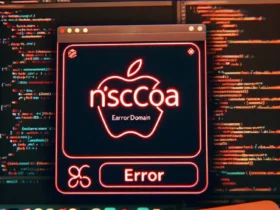
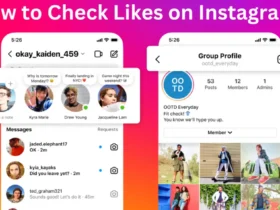

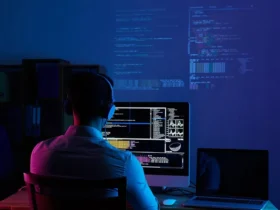
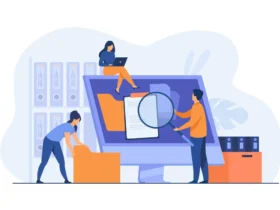

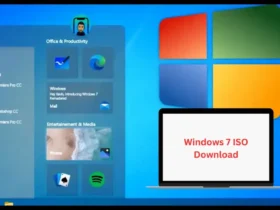
Leave a Reply